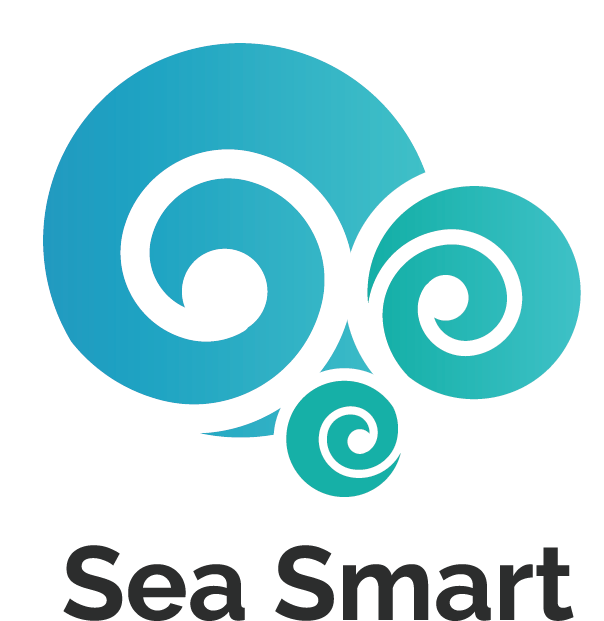How to Keep Caring for our Environment When You’re Back At School
The end of summer is rapidly approaching and that means back to school is nearly here! Kids are trying to pack in as much play time as they can before they have to be back in the class, teachers are busy preparing for a new class of students, while caregivers are probably counting down the minutes until school starts!
Whatever you might be feeling about heading back to school, one thing you don’t have to think about is how you can keep caring for the environment even after the first school bell rings to start the year, because we’ve got you covered! Have a read below of some of the ways you can keep the environment (and our oceans) at the forefront of everything you do this school year.
Getting To School (and Home Again)
While taking the car is certainly the most convenient option for many of us (and sometimes it is the only option), it isn’t the most environmentally sound choice. Is there a bus route that runs to your school that you can take? Can you carpool with neighbours? Is school close enough to ride your bike (and is there a safe route to take)? Can you walk? Alternative transport can help to reduce greenhouse gas emissions from burning fossil fuels – and it can also be a way to get a little more active every day too!
Waste-Free Packed Lunches
Today, so many items come wrapped in plastic, and foods for school lunches are no exception. As a parent who makes a school lunch daily, convenience in today’s fast-paced world can give us a break in the short-term. But what about the consequences long-term? Is that plastic-wrapped cheese string necessary? Can we instead slice up some cheese and tuck it into a pocket of our child’s washable lunch box? What about that single serve yogurt pottle – can we put some yogurt from a larger package into a washable container and save some trash?
Some other ideas to reduce plastic and waste from school lunches include baking muffins at home; packing fruit and vegetables (these ones are easy and fast to prepare!); using beeswax wraps instead of cling wrap or ziplock bags (click here to watch a tutorial on making beeswax food wraps yourself – or if, like me, you don’t have time to make them, you can always buy them ready to go); use a glass or plastic washable drinking bottle; and use washable containers.
Don’t forget – a lot of food goes to waste at schools. Pack appropriate portion sizes for your child, encourage them to eat all of their lunch or bring home what they can’t eat, and if it is no longer edible, compost it appropriately. Kids – this could be a great time to advocate for compost bins at your school if there isn’t a compost system already in place.
(Note: check with your school about what food is safe to bring; many schools are nut-free due to severe allergies).
Eco-Friendly Writing and School Supplies
Just because you may have to write on paper during lessons doesn’t mean you can’t keep the environment in mind! There are many options to purchase recycled paper exercise books, just have a search in your local stationary store or online. There are also many recycled pencil and pen options – some plastic pens, such as B2P (Bottle to Pen) are made from recycled plastic bottles and can be found in large chain stores. You can also look for pencil cases and backpacks made from recycled materials. Although these steps may seem small, every little bit helps.
Organize A Swap
Every parent, caregiver and teacher knows just how fast children grow – and that usually means new EVERYTHING is needed at the start of the school year – new shoes, new clothes, new rain jacket… the list goes on! Instead of buying new, try organizing a swap with families in your area. Many children grow so fast that there is plenty of life left in clothes and shoes, and by swapping these items between families, you reduce consumerism and keep items out of landfill.
Did you know that many items we buy are shipped from overseas, which increases the environmental impact of the item just from the shipping alone – fossil fuel to power the ship, and underwater noise pollution, both of which impact our oceans and our climate. Not to mention the energy required to grow raw materials used to make or build something.
What’s Wrong With What You’ve Got?
A question many parents and caregivers have likely said on more than one occasion, what’s wrong with what you’ve got? Of course it is exciting to get new things, but almost everything now comes wrapped in plastic and is often made overseas, meaning it has to be shipped to the country before being driven to its final destination. That’s a lot of unnecessary energy usage, right? So before you go and buy something new, ask yourself, what is wrong with what I already have? Do I really need a new one? Can I borrow or swap with someone else?
Learn More!
It may sound obvious given we’re talking about back to school, but learning more about how to reduce your impact on the environment, such as finding out what happens to plastic waste after we finish with it, can help us to understand why human behaviours need to change. Check out Sea Smart’s FREE educator resources here or register your school for one of Sea Smart’s educational workshops.
Sea Smart also offers after school programs in Vancouver to teach kids about different marine animals, cool ocean science, the threats impacting these animals and simple actions we can take to help and protect our oceans.
LINKS
https://www.goodhousekeeping.com/home/craft-ideas/g25642328/diy-beeswax-reusuable-wraps/
https://www.naturebeewraps.ca/



